How to Calculate a Quality of Earnings Ratio
Author: Elliott Holland
This calculation provides a clear overview of a company's financial health
Key Takeaways
A Quality of Earnings (QoE) ratio conveys a clear financial picture of a business
The company's QoE ratio might be necessary to secure an SBA loan
Calculating the ratio is relatively simple
A complete QoE report provides a thorough overview of the business's financial soundness
Before buying a business of any size, acquiring detailed knowledge of the company's financial situation is essential. After all, you don't want to pay full price for a business that's constantly losing money without a clear plan for turning it around in the future.
However, net income statements aren't enough because they only provide part of the story. A company could have a massive amount of money coming in and have a positive net income while still be losing money overall –because of expenses like debt repayments and capital expenditures.
The solution is to calculate the company's Quality of Earnings (QoE) ratio. This calculation provides greater insight into the business's financial situation and encourages you to dig deeper if the QoE ratio is low.
Overall, a Quality of Earning ratio offers more information on the quality of the company's net income. Here's how QoE ratios work, why they're crucial, and the formula you'll use to find the ratio.
What is a Quality of Earnings ratio?
In short, a QoE ratio uses a calculation to provide a clear picture of the income a company generates from its core operations. This ratio eliminates accounting tricks and anomalies to give you a better idea of how an organization is performing financially before investing in it.
Without this ratio or its corresponding report, a business can manipulate its accounting numbers to make the company seem more profitable than it really is. The ratio achieves this by ignoring nonrecurring or special items so you can if the business’s earnings are consistent and sustainable.
When a company has a high net income but negative cash flows, the net income boost could be from something other than company sales. Investors need to be aware of where this money came from because it could be a ploy to make the business look more successful than it actually is in hopes of driving a sale.
A low QoE ratio doesn't always mean there's something fishy going on with the company, though. It could simply be a situation where a one-time influx of cash created additional net income or where an acquisition or other major expense led to negative cash flows. It's up to the investor to figure it out before committing to the purchase.
How to calculate a QoE ratio
Calculating a Quality of Earnings ratio is pretty simple once you have the numbers in front of you. The equation involves dividing the company's net cash from operating activities by its net income. You'll find the organization's net income numbers on its income statement and its net cash from operating activities on its cash flow statement.
Typically, you're looking for a ratio greater than 1.0 when doing your due diligence on a company. A ratio of less than 1.0 usually indicates low-quality earnings that could be skewed by an anomaly or creative accounting to make the business's income appear greater than it is.
Let’s look at an example. Say a company's net income after operating expenses, depreciation, and tax is $500,000 and its net cash from operating activities is $400,000. In that case, its QoE ratio is 1.25. This number is substantial, so the business would pass this portion of your due diligence test.
However, if a company's net income is $1 million and its net cash from operating activities is $1.25 million, its QoE ratio is 0.8. In this case, the business might not be as healthy as its net income seems. You'll want to dig deeper into how the company ended up with this ratio before you purchase it.
QoE ratio for SBA loans
A QoE ratio can also help you when dealing with lenders. For example, any loan you get with assistance from the U.S. Small Business Administration (typically called an SBA loan) has eligibility requirements. Showing a positive QoE ratio can put you on the right track.
To get an SBA loan, you'll have to show a business plan, identify how much capital you require, establish your credit history, and provide financial projections. If the company already has a good Quality of Earnings ratio, it makes it easier to make optimistic financial projections.
Quality of Earnings report
Calculating a Quality of Earnings ratio is a good start, but a complete QoE report provides even more information on a company's financial health. This document includes a QoE analysis and the classification of various revenue types, fixed and variable costs, and one-time and recurring expenses. Rather than just giving you a number, this report shows you where the money is coming from and where it's going.
Your QoE report also provides an analysis of cash flow projections, giving you a clearer idea of where the company is heading before you invest your money. The more data you have beforehand, the easier it is to make an informed decision about investing.
Get the due diligence help you need
Although calculating a Quality of Earnings ratio is relatively simple, the full report digs deep into the company's financial picture and provides you with all the data you'll need before buying a business. The result is less risk on your end because you'll know where the organization's money and expenses are coming from, allowing you to make more accurate financial projections. This information can also make it easier to secure a loan.
Guardian Due Diligence helps self-funded business investors achieve their dreams by condensing all due diligence into a QoE report. This information makes the company's financial situation easier to digest for first-time buyers. Contact Guardian Due Diligence to schedule a call or to download a sample due diligence report.
